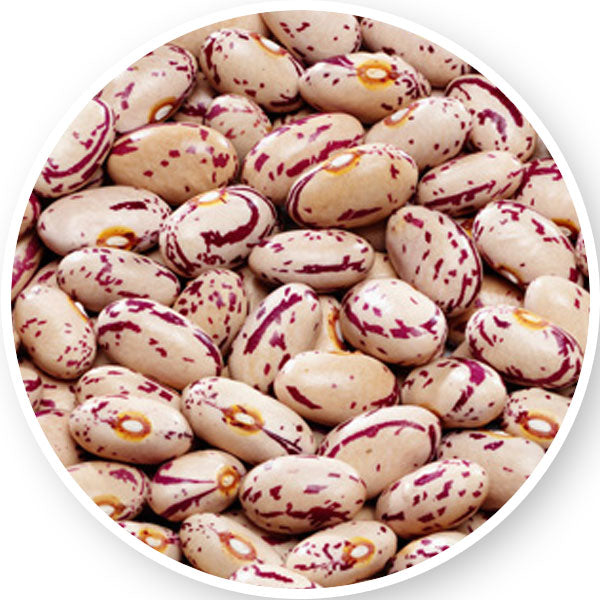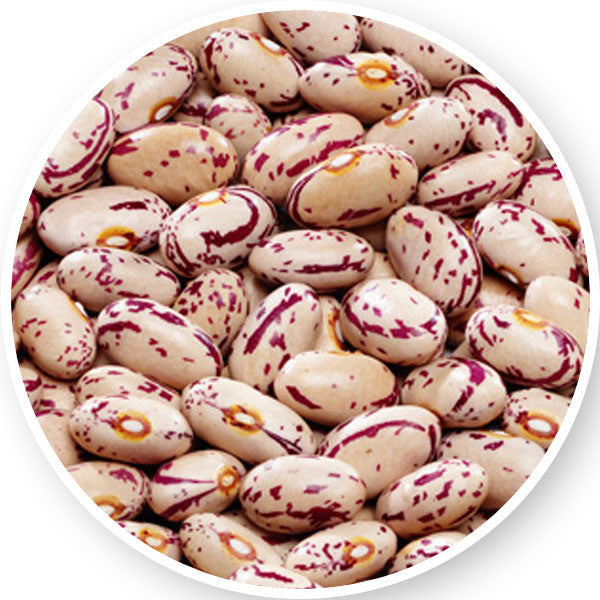Beyond the Basics: Six Key Drivers and Three Strategic Phases for Grain Crop Production Success
Caiphas MuyamboShare with someone
Grain production is the backbone of many agricultural economies, providing food, feed, and income for millions of people worldwide. Yet, succeeding in this field is about more than just planting and harvesting; it requires careful planning, extensive knowledge, and attention to detail. As global demand for grain continues to rise, farmers must adopt strategic approaches to maximize productivity and ensure sustainability. Key drivers of crop yield improvement over the last decades are outlined here, along with critical crop management phases that deserve close attention. By focusing on effective hybrid seed selection, strong agronomic practices, precision farming, and advanced technologies, farmers will not only increase yields but also safeguard soil health and manage resources responsibly and sustainably
Here are the six key drivers of crop yield that every grain farmer should consider for long-term success.
- Hybrid Seed Varieties: Farmers should prioritize selecting the latest seed technologies. In South Africa, a wide range of hybrid seed varieties are available to match diverse management practices and environmental conditions. For example, for soybeans and maize, farmers have options to choose between genetically modified (GM) and non-GM seeds. In some areas it is important to prioritize drought tolerant crops while in high potential irrigated areas, farmers choose high yielding maize cultivars that tolerate high plant densities.
- Improved Agronomic Practices: A significant portion of yield gains over the past few decades can be attributed to advancements in agronomic techniques. Even the best seed variety can underperform without optimal management, so aligning seed choice with best practices is essential.
- Mechanization: Modern equipment—tractors, planters, sprayers, and harvesters—has revolutionized farming efficiency. With advanced machinery, farmers can cover larger areas within narrow planting windows and manage weeds, pests, and diseases more effectively. It has also been much easier for farmers to adopt precision farming techniques using advanced technologies.
- Fertilization and Soil Management: Soil plays five critical roles: supporting plant growth, providing physical stability, regulating water, cycling nutrients, and filtering pollutants. Fertilizer is often a farmer's most significant expense, but with soil fertility analysis and nutrient management, farmers can maximize fertilizer efficiency while protecting soil health.
- Weed, Pest, and Disease Management: Uncontrolled weeds, pests, and diseases can substantially reduce yields. Many South African farmers now use fungicides, herbicides, pesticides and genetically modified maize varieties—like Bt maize, which controls stalk borers, and glyphosate-tolerant maize with Roundup Ready traits—to enhance productivity.
- Research and Extension Services: Continuous learning is essential for success. Public and private research initiatives introduce innovative practices and validate existing methods, supporting farmers’ growth through updated insights. Farmers who are more open to learning and adopting new ways of farming have in recent times increased crop yields.
Three Key Grain Crop Management Phases for Long-Term Success
- Pre-Season Insights
Conduct a comprehensive review of your soil and historical data before planting. For those farming on new land, perform soil tests and review any previous agricultural activities on the land. Soil analysis helps set realistic yield targets, which, in turn, guide input requirements. If using contractors, ensure their plans align with your objectives and budget rather than defaulting to contractor-managed decisions. Be sure that your plans align well with your expected yield and profitability. Good farming requires resilience and vision. The farmer who plans and plants early doesn’t just hope for a great harvest - he builds it.
- In-Season Management
Strive for early planting and meticulously care for crops through each growth stage. Track key details such as rainfall, pest incidents (with photos and dates), pesticides used, and any abnormalities - in a dedicated notebook. Some farmers also use drone technology to capture aerial images of crops at various growth stages. Lab analysis of leaf samples can provide insight into nutrient availability, aiding mid-season adjustments. These records are invaluable for immediate corrective measures, and for planning future seasons. The greatest asset a farmer possesses is the knowledge gained from experience on their own farm.
- Post-Season Analysis
Evaluate data collected during the harvest to refine yield predictions and optimize practices. Record yield variations across different field sections, which may reveal fertility, soil texture variations, pH, or pest-related issues. Use these insights to inform future strategies and boost productivity.
Conclusion
In grain crop production, success is rarely accidental - it’s the result of careful planning, disciplined execution, and continuous learning. By focusing on selecting the right hybrid seed varieties, employing improved agronomic practices, and leveraging modern equipment, farmers set themselves up for robust yields and long-term sustainability. Additionally, by paying close attention to pre-season insights, in-season management, and post-season analysis, farmers can make informed decisions that optimize resources, protect soil health, and enhance productivity year after year. As agriculture continues to evolve, farmers who stay informed and adaptable will be best positioned to thrive in an increasingly competitive market and changing climate. Farming is both a science and an art, and a continuously learning farmer who blends science with experience and creativity will achieve lasting success.


